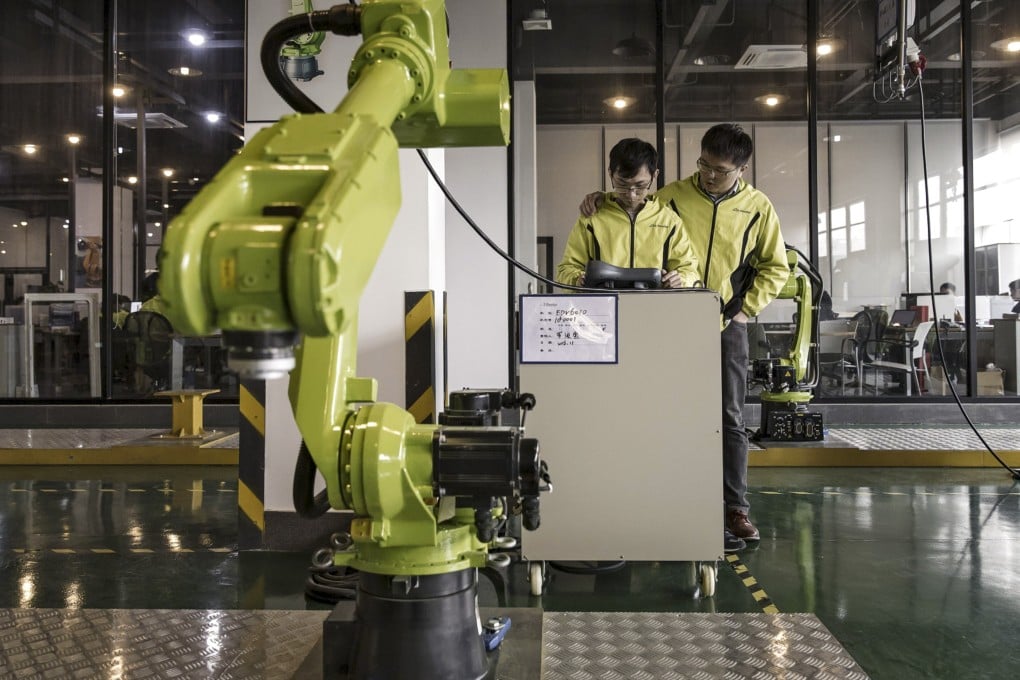What will form the ‘foundation’ as China moves towards overtaking the US to become the world’s biggest economy?
- Forecasts from Bloomberg Economics suggest China could grab the top spot – held by the United States for well over a century – as soon as 2031
- China’s 14th five-year-plan places a focus on manufacturing as Beijing pivots away from relying on property and infrastructure spending to grow its economy

Described as the “foundation” that will determine China’s “strength and its future position in the world”, manufacturing is once again taking over as the main engine of economic growth that could help challenge the United States as the world’s biggest economy.
Amid rising competition with both developed and developing countries, China is renewing its effort to reboot its manufacturing sector, while moving away from its old playbook of relying on property and infrastructure spending to grow its economy.
Admittedly, China still significantly trails behind hi-tech manufacturing heavyweights Japan and Germany, according to National Development and Reform Commission (NDRC) deputy secretary general Gao Gao.
But China’s 14th five-year-plan crucially focuses on raising wage levels in the manufacturing sector, developing new manufacturing industries and integrating manufacturing and services, all of which aim to make manufacturing attractive again to jobseekers, Gao added.
“From a long-term perspective, the demographic structure is undergoing in-depth adjustments, the number of working-age people has declined, and the supply of labour has decreased,” Gao said earlier this week.